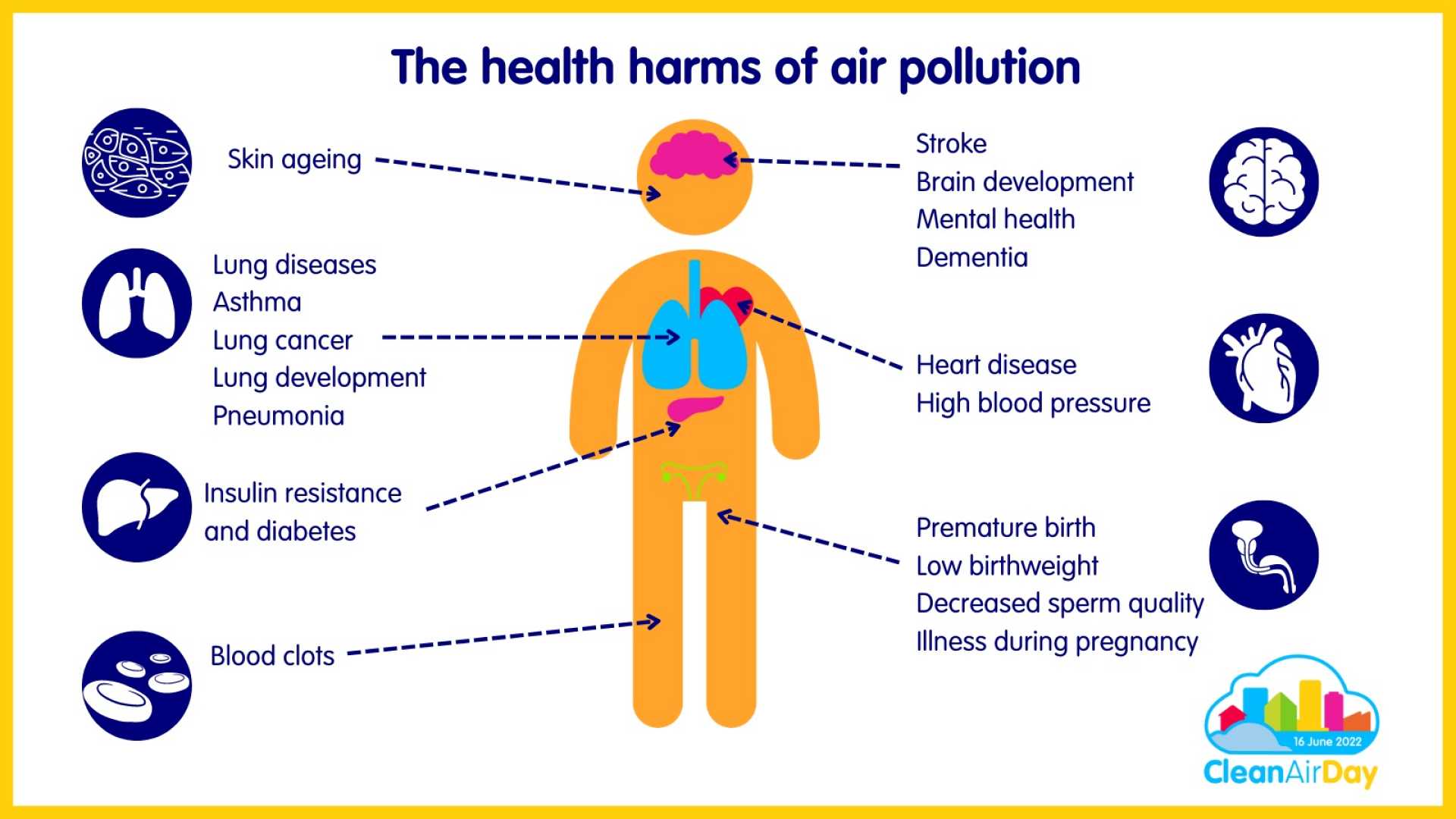Health
Report Reveals Air Pollution Crisis Affects 156 Million Americans

CHICAGO, April 23, 2025 — Nearly half of the people living in the United States breathe unhealthy levels of air pollution, according to the American Lung Association’s annual State of the Air report released today. This year’s report indicates that approximately 156 million Americans, 25 million more than last year’s findings, live in areas receiving failing grades for ozone and particulate matter pollution.
According to data analyzed from 2021 to 2023, the number of people exposed to unhealthy air continues to rise, raising concerns among health experts. “This is drastically worse than the findings in last year’s report and shows a trend that is only worsening due to climate change,” said Katherine Pruitt, national senior director for policy at the American Lung Association.
Particulate matter, often called soot, consists of tiny particles smaller than the width of a human hair. It can come from numerous sources including wildfires, coal-fired power plants, and vehicles. Over exposure to these particles causes serious health issues, increasing the risks of asthma attacks and cardiovascular diseases.
The report highlights that 85 million Americans live in areas with failing year-round particle pollution grades, marking one of the highest levels recorded since the report’s inception in 2000. Short-term spikes in particle pollution also afflicted nearly 77.2 million people during the reporting period.
Dr. Juanita Mora, a pulmonologist from Chicago, shared that she frequently sees high pollution levels affect her patients, particularly children. “As a doctor, I feel like we’re failing millions every day,” she stated after recounting an emergency case involving a child suffering from chest tightness after playing outside.
The report points out a significant disparity, with people of color being more likely to live in areas with unhealthy air quality. Research indicates they are over twice as likely as white individuals to find themselves in regions rated poorly for particle and ozone pollution.
Ozone pollution, often referred to as smog, is another threat to public health as it can cause breathing difficulties and reduce life expectancy. More than 125 million people live in areas with unhealthy ozone levels, attributed largely to climate change that fuels hotter temperatures and increases ozone formation.
The findings have raised alarms about potential regulatory rollbacks by the current administration, which may make it more challenging to protect clean air. Pruitt expressed concerns over future protective measures, saying, “We are worried about what the future portends for the hard work we have done to control emissions. Clean air is essential for health and wellbeing.”
The American Lung Association urges public support for the Environmental Protection Agency to ensure effective policies are in place to combat air pollution. Without proper action and enforcement, the situation remains dire for millions of Americans who rely on clean air for their health.












